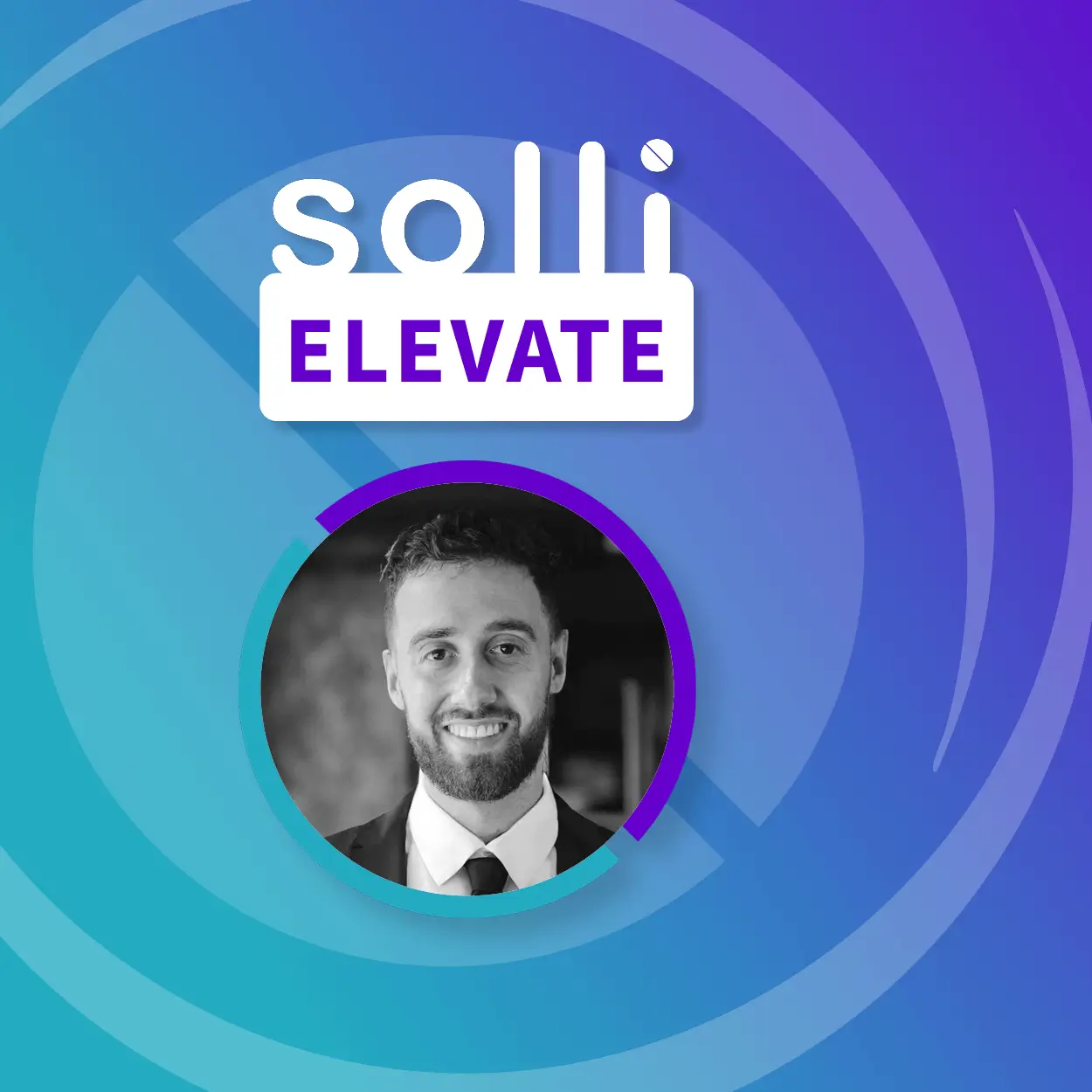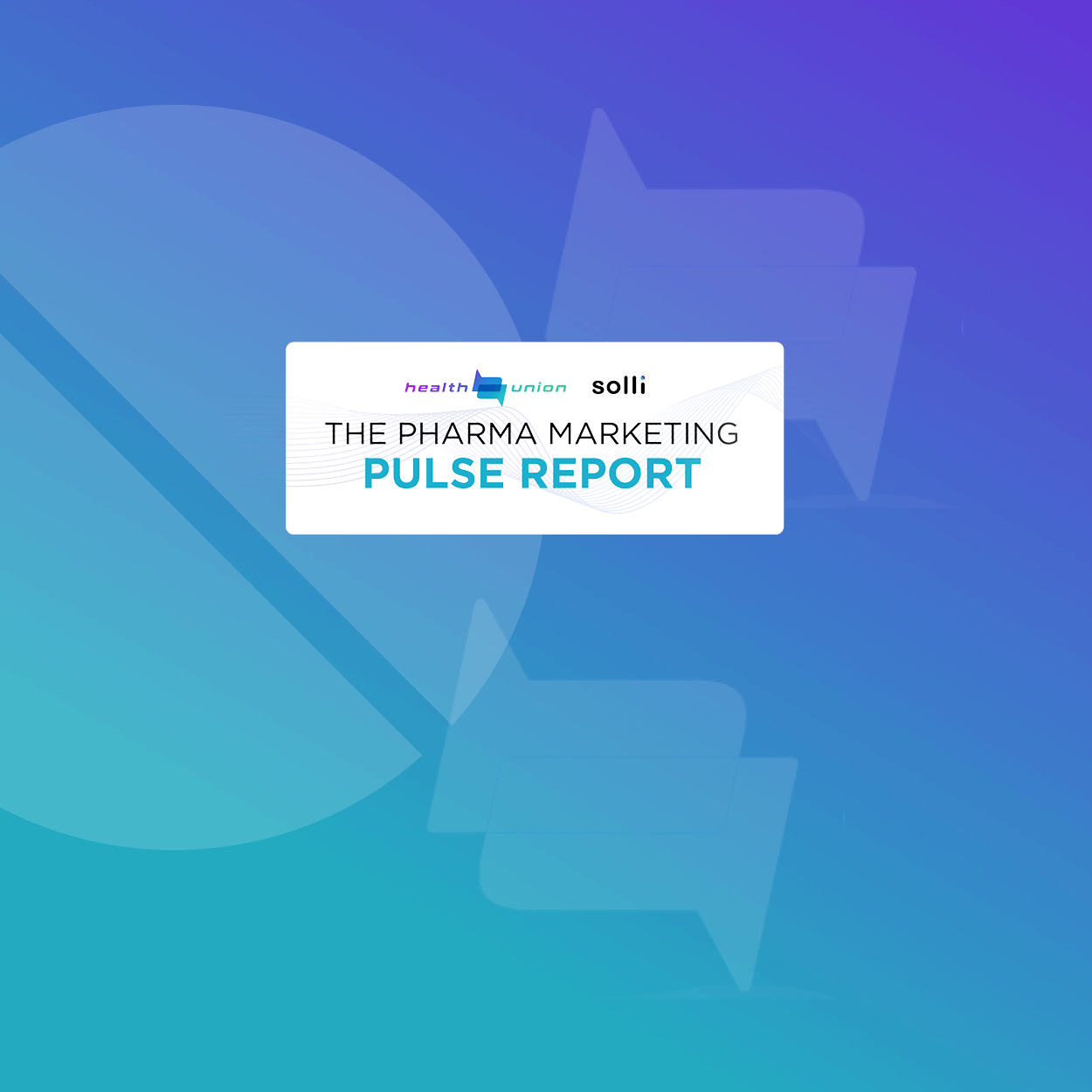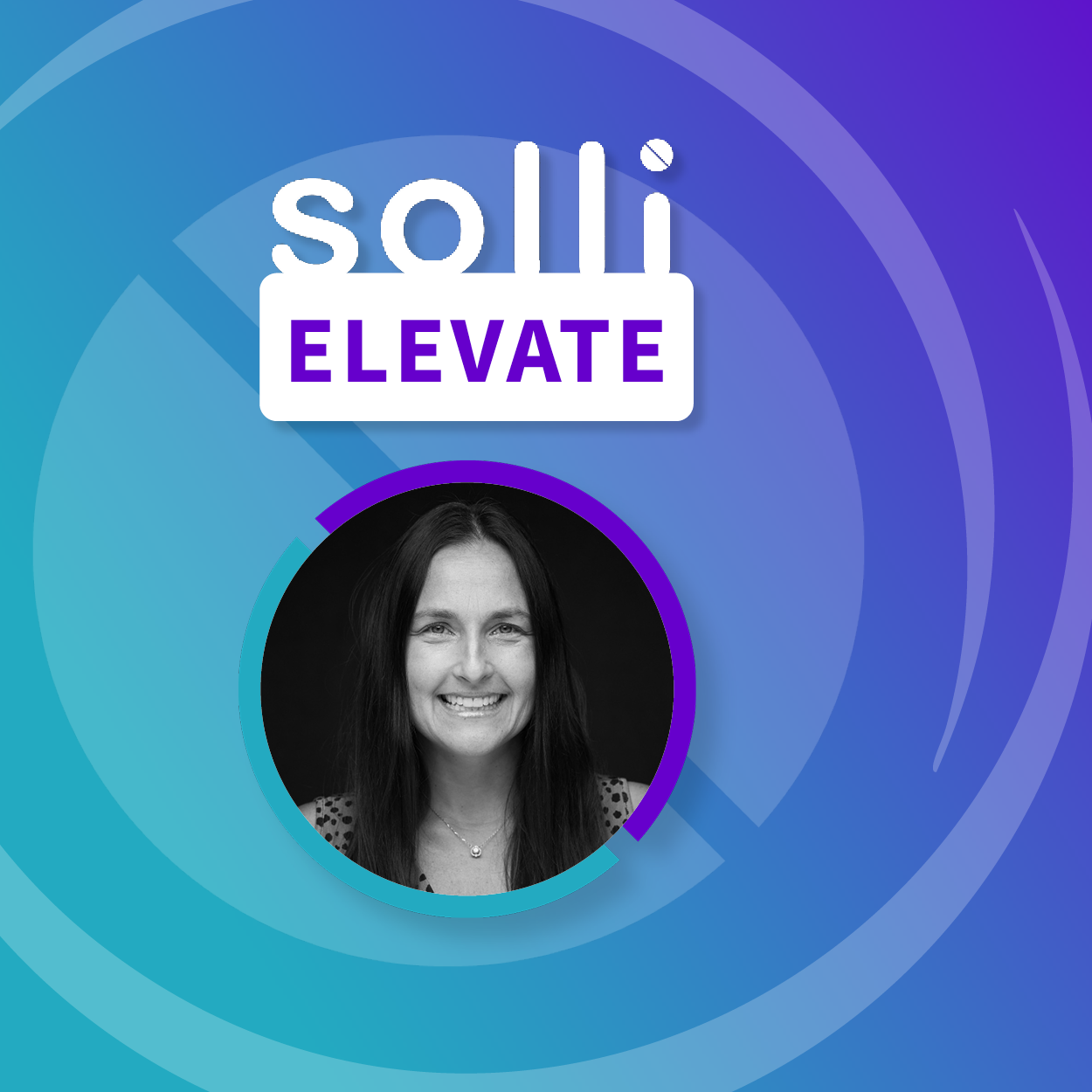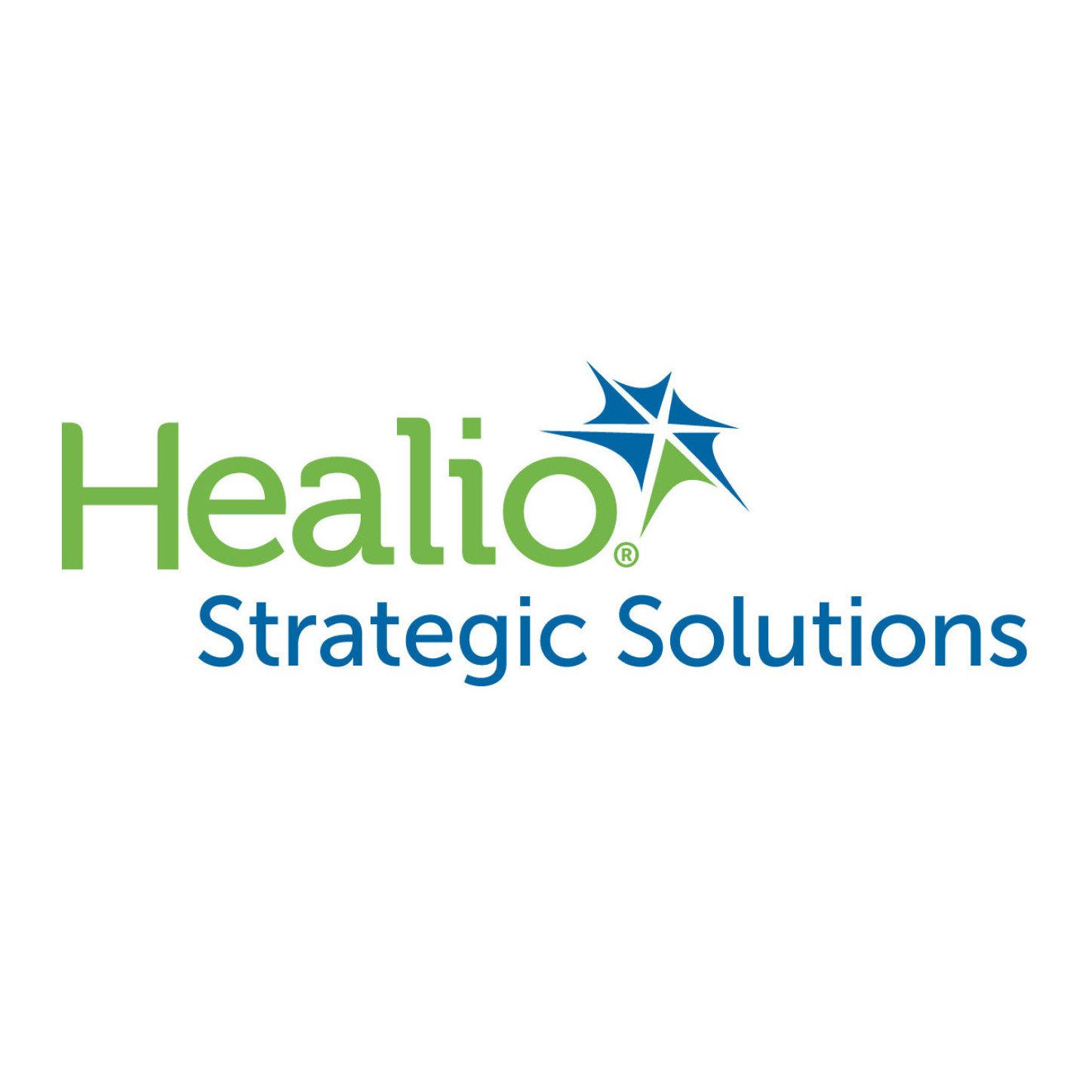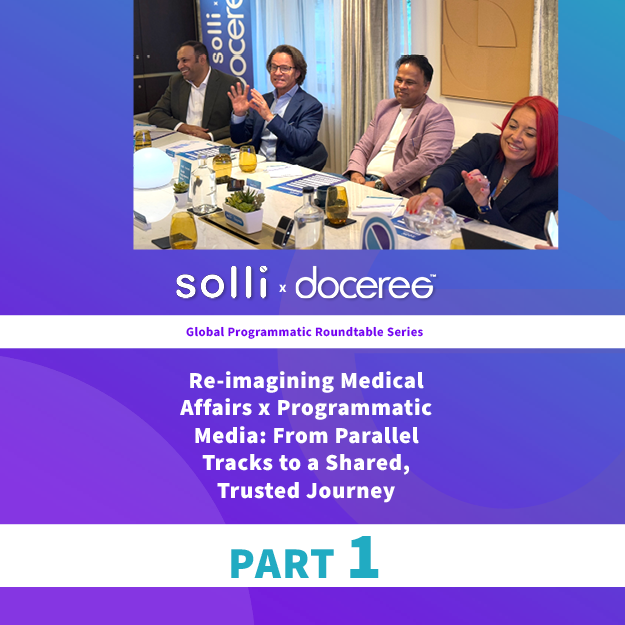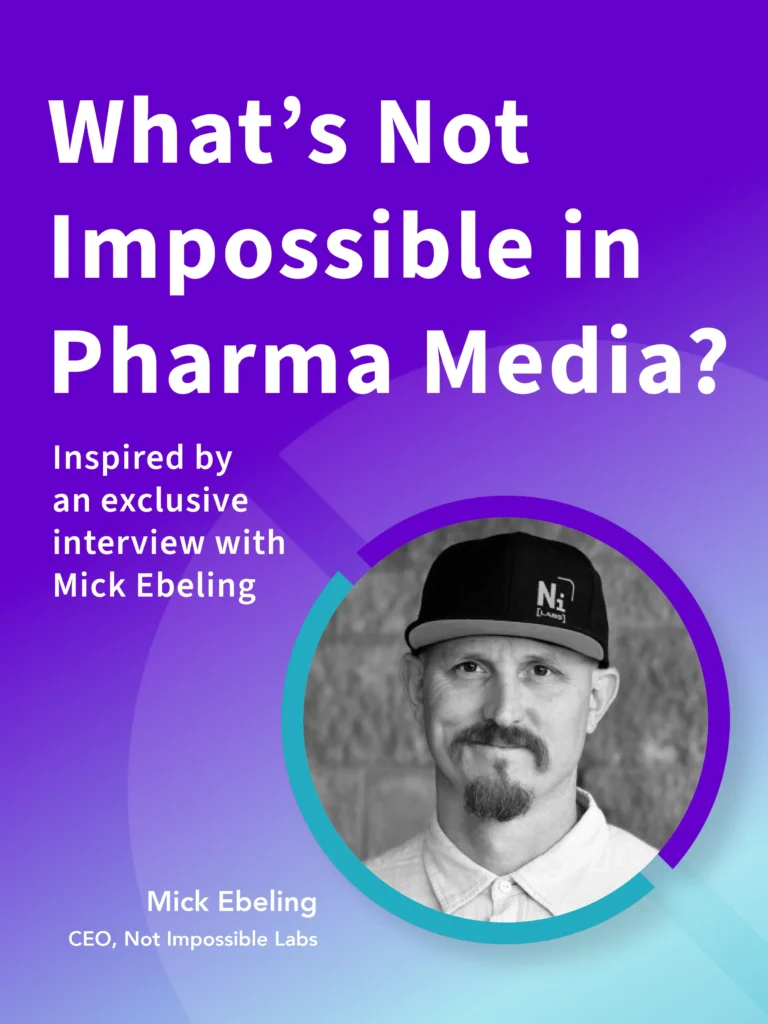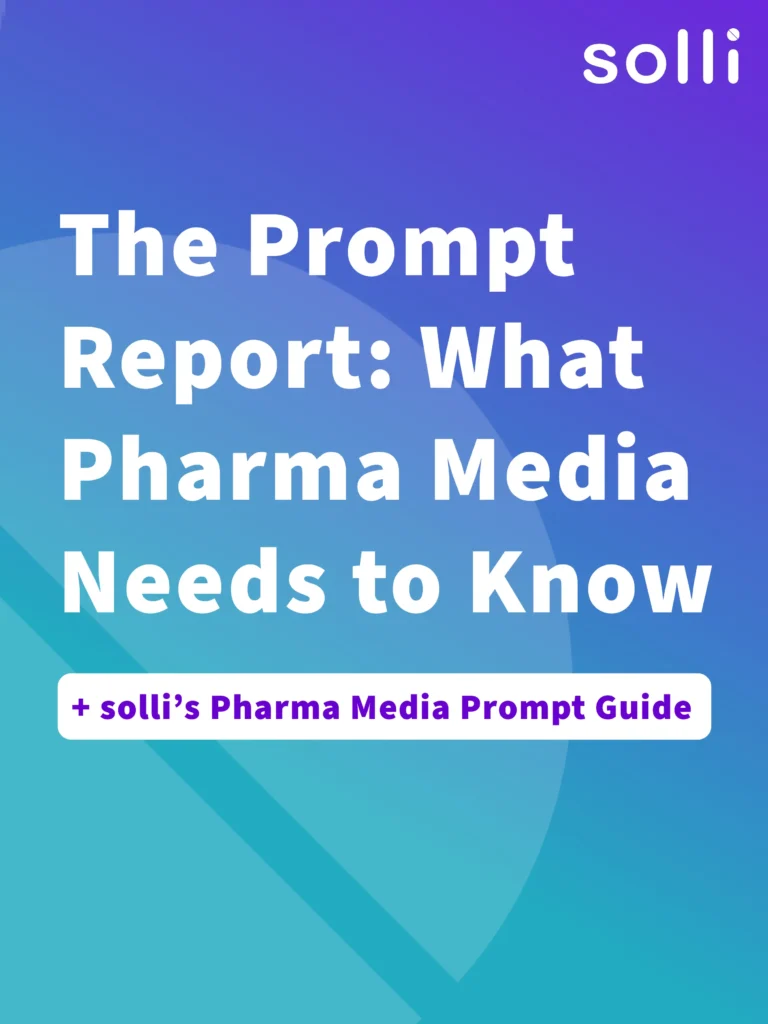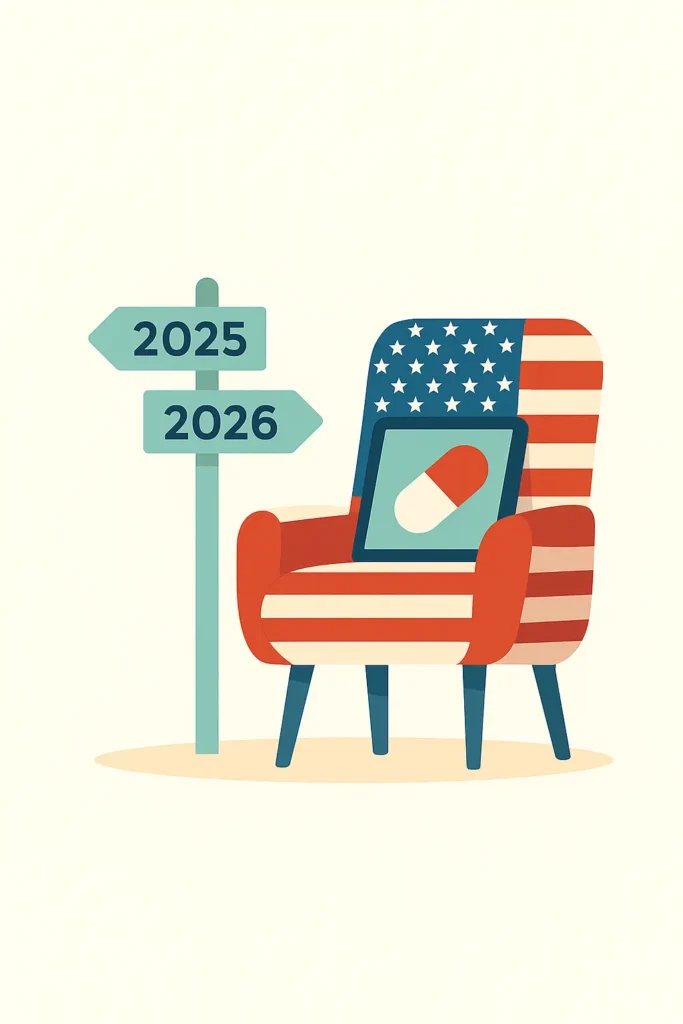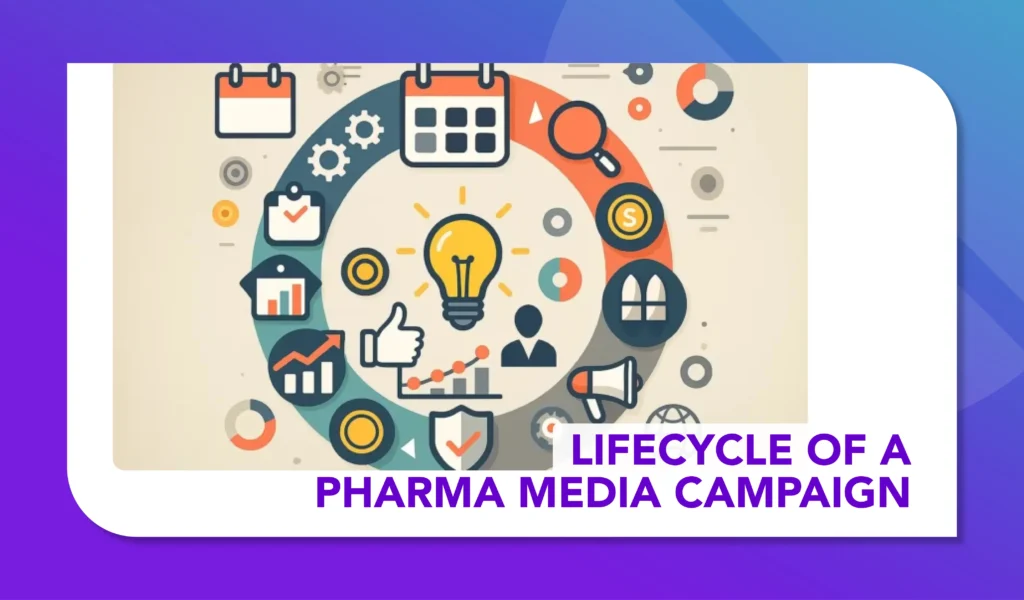AAA in Pharma Media: The Real Scores That Matter
Access, affordability, and adherence must become the ultimate measures of impact.
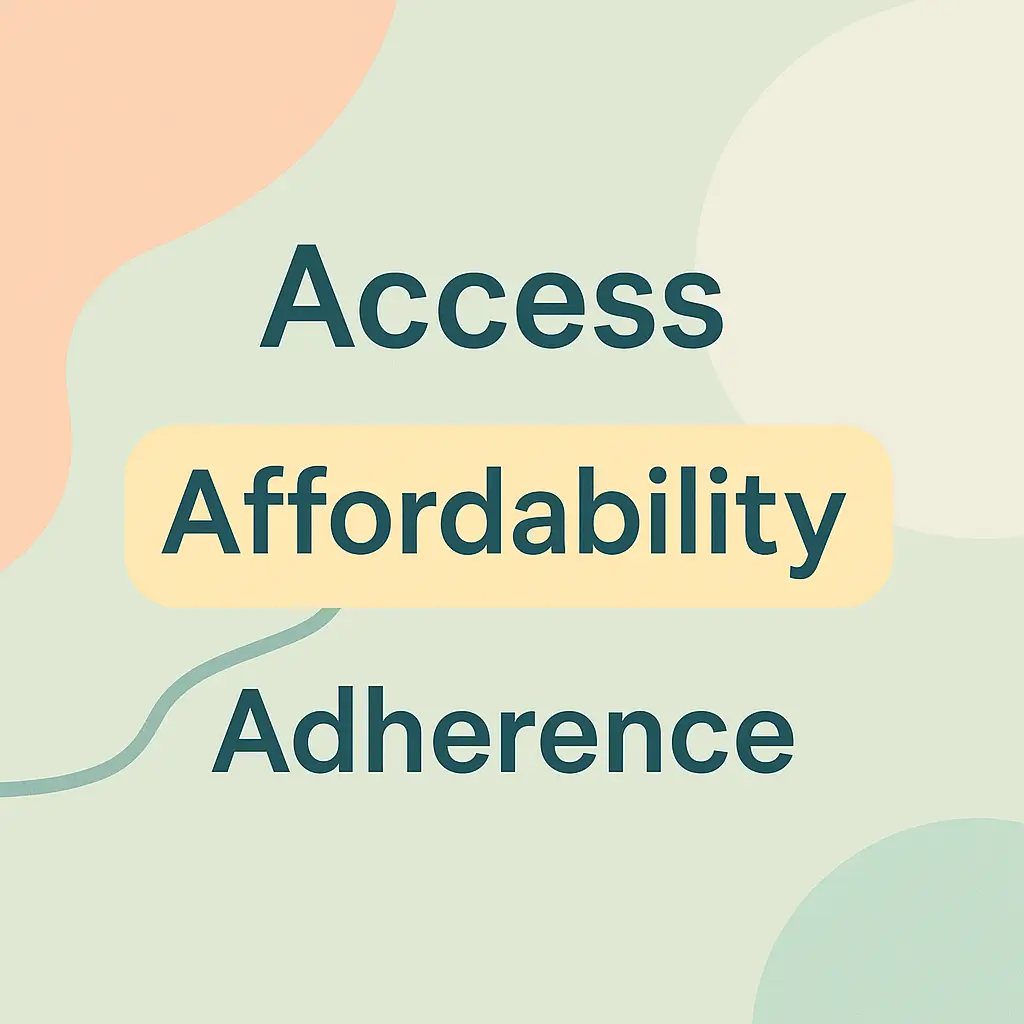
In conversations across our industry, three words are beginning to surface with greater urgency: access, affordability, and adherence. At first glance, they may sound like healthcare delivery issues, far removed from the remit of media. But look closer, and you see they are the very outcomes that define whether our work truly matters.
As Tracey Sessa, SVP & GM – Patient Affordability Programs, Doceree explains:
“Access, affordability, and adherence are the true measures of impact in pharma marketing. It’s not just about reaching physicians—it’s about ensuring patients can reach, afford, and stay on the treatments they need. When media drives all three, it moves from communication to care.”
Similarly, Melissa Gordon-Ring, Global President, IPG Mediabrands Health, reflects on how these principles are viewed in the industry:
“Those of us who’ve worked in Pharma marketing for years are familiar with the ‘three A’s,’ but they’re not often framed as powerful levers that, when pulled together, can create more impact than the sum of their parts. Access has always been essential, but today it requires even more precision and privacy-safe targeting.”
Behind every campaign, every channel plan, every media buy, there is a patient. And that patient is not asking how many impressions we achieved. They are asking: Can I access this treatment? Can I afford it? Can I stay on it?
As an industry, we have built extraordinary sophistication in reaching audiences and measuring engagement. Of course, the vehicles to value are the media metrics we use every day. Without them, we would be flying blind. But beyond measures like new patient starts or script lift (also still crucial) should we now be creating unified metrics that reflect true patient impact through the three As: access, affordability, and adherence?
- Access as the First Benchmark
Awareness matters — but access is where impact begins. From a business perspective, advertising to people who cannot realistically obtain a therapy is not just inefficient, it’s wasted budget. From a human perspective, it can be emotionally jarring for patients who may fit the profile perfectly yet know they cannot access the treatment being promoted.
Encouragingly, parts of the industry are already making progress. The point-of-care space is doing remarkable work to integrate access information directly into POC systems, ensuring patients and physicians have clarity at the moment decisions are made. And across the ecosystem, organizations are moving in this direction — weaving access considerations into planning and execution.
The question is whether this should remain a series of promising initiatives, or whether access must become the foundation for all pharma media. Because only when awareness is matched with availability can campaigns achieve their true purpose.
- Affordability as Shared Responsibility
Affordability is often framed as an economic issue, but in reality it is a communications challenge as well. Patients may not know about co-pay programs, assistance funds, or support services that already exist. Too often, those resources sit on the margins of the media plan rather than being seamlessly built into it.
When affordability support is visible and easy to act on, patients feel empowered rather than excluded. Some organizations are beginning to bring these tools forward — embedding co-pay card education, benefit check resources, and financial support options directly into campaigns. These efforts are not just about cost relief; they are about restoring confidence that treatment is possible.
Affordability cannot be an afterthought. It is the bridge that turns awareness into action.
As Olivier Chateau, CEO of Health Union, emphasizes this point, saying:
“While many brands offer strong copay support to make treatments available and accessible, the gap often lies in messaging. We must be more deliberate in communicating the availability of these support programs at the right moments in the patient journey, weaving them seamlessly and more intelligently into campaigns. Identifying the signals that predict the moments people need to overcome financial and logistical hurdles (like right after a doctor appointment) is critical to ensure patients can afford their treatment and stay adherent.”
- Adherence as a Story of Support
Adherence is not about economics or eligibility. It is about people’s lived experience of staying on treatment. Missed doses, side effects, busy schedules, and emotional fatigue all chip away at persistence — even when access and affordability are solved.
As Melissa Gordon-Ring, further observes:
“When it comes to affordability and adherence, the pendulum has shifted away from these critical messages, and it’s the perfect moment to bring them back into focus to drive stronger, longer-term patient outcomes. If I had to choose the most important of the three, it would be adherence. Once access and affordability barriers are addressed, helping patients stay on therapy creates the greatest sustained value—for both patients and marketers.”
Here, the most promising progress is coming from storytelling and support systems. Campaigns that humanize the journey, that show others living with the same challenges, that create community around persistence, can transform adherence from a clinical directive into a shared human endeavor.
This is where pharma media has untapped potential. Instead of focusing solely on initiation, we can extend our role into motivation — reminding patients they are not alone, and that staying the course is possible. Because true success isn’t just starting treatment; it’s sustaining it.
Rob Blazek, SVP, Networks & Analytics at InStep Health, underscores the importance of this evolution:
“Adherence and persistence are measurable outcomes, and today’s data gives us the ability to directly link them to media performance. When brands and media partners share physician-level data (PLD) in real time, we can clearly demonstrate how engagement with affordability-focused media translates into stronger adherence and persistence. The next step for the industry is to make this transparency standard practice, turning analytics into action and ensuring every campaign contributes to better patient outcomes.”
A Call to Embed the Three As
It is hard to imagine anyone in our industry disagreeing with the logic of this approach. Every day, colleagues across pharma are already grappling with the realities of access, affordability, and adherence in different ways. These challenges are not abstract — they play out daily in brand teams, agency discussions, and patient experiences.
The opportunity now is to move beyond treating them as adjacent or platform isolated considerations and instead weave them into the very fabric of our work. They should guide not only brand strategy but also audience planning, comms planning, media planning, buying, reporting, and optimization… the entire pharma media ecosystem.
As Sandy Weag, EVP, Engagement Strategy & Communications Planning, CMI Media Group, puts it:
“Patient outcomes improve when healthcare marketing embraces the whole person, not just the diagnosis. It is important that marketers recognize, support, and connect with patients in every step of their journey—from the first symptom, through understanding treatment options, addressing access and affordability, and ultimately helping people remain adherent—so care is trusted, attainable, and sustained. That requires omnichannel planning that orchestrates experiences across paid, owned, and earned media using privacy-safe data to sequence messaging across touchpoints such as HCP visits, search, social, pharmacy, and patient support.”
If access, affordability, and adherence become embedded at every stage of the process, pharma media can move from being a powerful amplifier to being a genuine force for change. Because in the end, our success is measured not only by the reach of our campaigns, but by the difference they make in people’s lives.
What will it take to embed this approach across pharma media?

